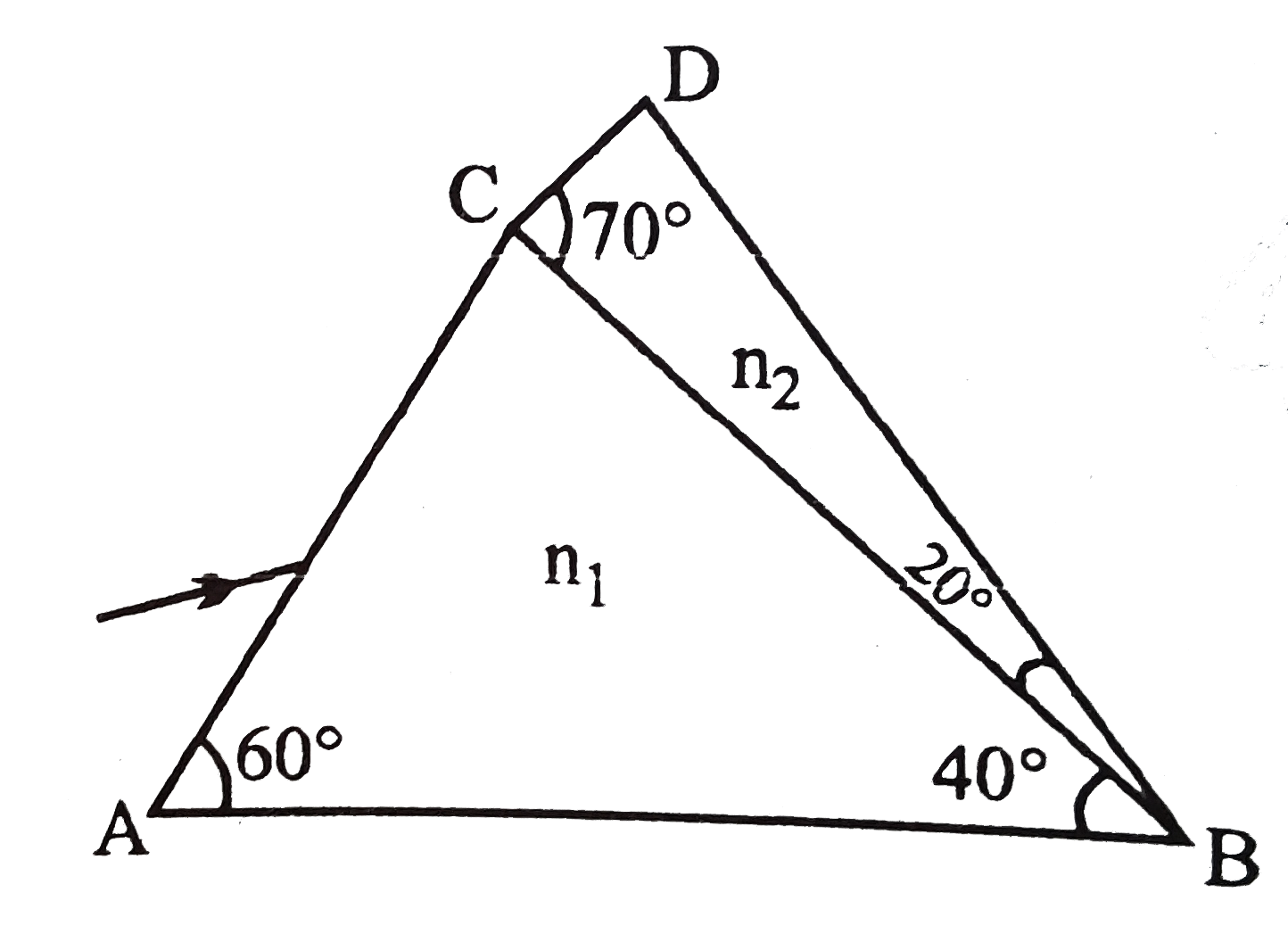A particle of mass m is moving in a horizontal circle of radius R under a centripetal force equal to −Ar2 (A = constant). The total energy of the particle is :-
(Potential energy at very large distance is zero)Solution in Gujrati
AR
−AR
A2R
−A2R
The correct Answer is:D
Step by step video & image solution for A particle of mass m is moving in a horizontal circle of radius R under a centripetal force equal to -A/r^(2) (A = constant). The total energy of the particle is :- (Potential energy at very large distance is zero) by Physics experts to help you in doubts & scoring excellent marks in Class 12 exams.
Updated on:21/07/2023Topper's Solved these Questions
- GRAVITATIONBOOK - ALLEN CHAPTER - GRAVITATIONEXERCISE - EXERCISE 2
26 Videos
- GRAVITATIONBOOK - ALLEN CHAPTER - GRAVITATIONEXERCISE - EXERCISE 3
11 Videos
- GRAVITATIONBOOK - ALLEN CHAPTER - GRAVITATIONEXERCISE - BOX-4
14 Videos
- GEOMETRICAL OPTICSBOOK - ALLEN CHAPTER - GEOMETRICAL OPTICSEXERCISE - subjective
14 Videos
- KINEMATICS-2DBOOK - ALLEN CHAPTER - KINEMATICS-2DEXERCISE - Exercise (O-2)
47 Videos
Similar Questions
Two satellites of earth S1 and S2 are moving in the same orbit. The mass of S1 is four times the mass of S2. Which one of the following statements is true?
View SolutionThe change in the value of acceleration of earth toward sun, when the moon coomes from the position of solar eclipse to the position on the other side of earth in line with sun is :
(mass of moon =7.36×1022 kg, orbital radius of moon =3.8×108 m.)
View SolutionThe mean radius of the earth's orbit round the sun is 1.5×1011 . The mean radius of the orbit of mercury round the sun is 6×1010m. The mercury will rotate around the sun in
View SolutionA prism of refractive index n1 & another prism of reactive index n2 are stuck together without a gap as shown in the figure.The angle of the prisms are as shown. n1&n2depend onλ,the wavelength of light according to n1=1.20+10.8×104λ2&n2=1.45+1.80×104λ2 where λ is in nm.

(i)Calculate the wavelength λ0for which rays incident at any angle on the interfaceBCpass through without bending at that interface.
(ii) for light of wavelength λ0,find the angle of incidencei on faceACsuch that the deviation produced by the combination of prism is minimum.
View SolutionA particle is moving in xy-plane .At certain instant the components of its velocity and acceleration are as follows ux=3m/s,uy=4m/s,ax=2m/s2anday=1m/s2. The rate of change of speed at this moment is
View SolutionA particle of mass m is moving is a horizontal circle of radius x under a centripetal force equal to −(kv2) where it is constant The total energy of the particle is
View SolutionA particle of mass m is moving in a horizontal circle of radius r, under a centripetal force equal to (-K//r^(2)) , where k is a constant. The total energy of the particle is -
View SolutionA particle of mass m is moving in a horizontal circle of radius r, under a centripetal force equal to (−K/r2), where k is a constant. The total energy of the particle is -
View SolutionIf a particle of mass m is moving in a horizontal circle of radius r with a centripetal force (-1//r^(2)) , the total energy is
View SolutionIF a particle of mass m is moving in a horizontal circle of radius r with a centripetal force (−Kr2) , then its total energy is
View SolutionA particle of mass m is moving in a horizontal circle of radius r under centripetal force given by (−k/r2) where k is a constant . Then the total energy of the particle is _________ .
View Solutionmद्रव्यमान का एक कण अभिकेन्द्रीय बल-Ar2 (A = नियत) के अधीन R त्रिज्या के क्षैतिज वृत्त में गति कर रहा है। कण की कुल ऊर्जा होगी (अनन्त पर PE = 0 माने)
View SolutionA particle of mass m is moving in a horizontal circle of radius r, under a centripetal force equal to −(K/r2), where K is constant. What is the total energy of the particle ?
View SolutionA particle of mass .m. is moving in a horizontal circle of radius .r., under a centripetal force equal to - (K//r^(2)) , where K is constant. What is the total energy of the particle
View SolutionA particle of mass m is moving in a horizontal circle of radius r under a centripetal force equal to -a//r^(2) , where a is a constant. What is the total energy of the particle ?
View SolutionA particle of mass .m. is moving in a horizontal circle of radius .r. under a centripetal force equal to -(k)/(r^(2)) , where k is a constant. The potential energy of the particle
View Solution
